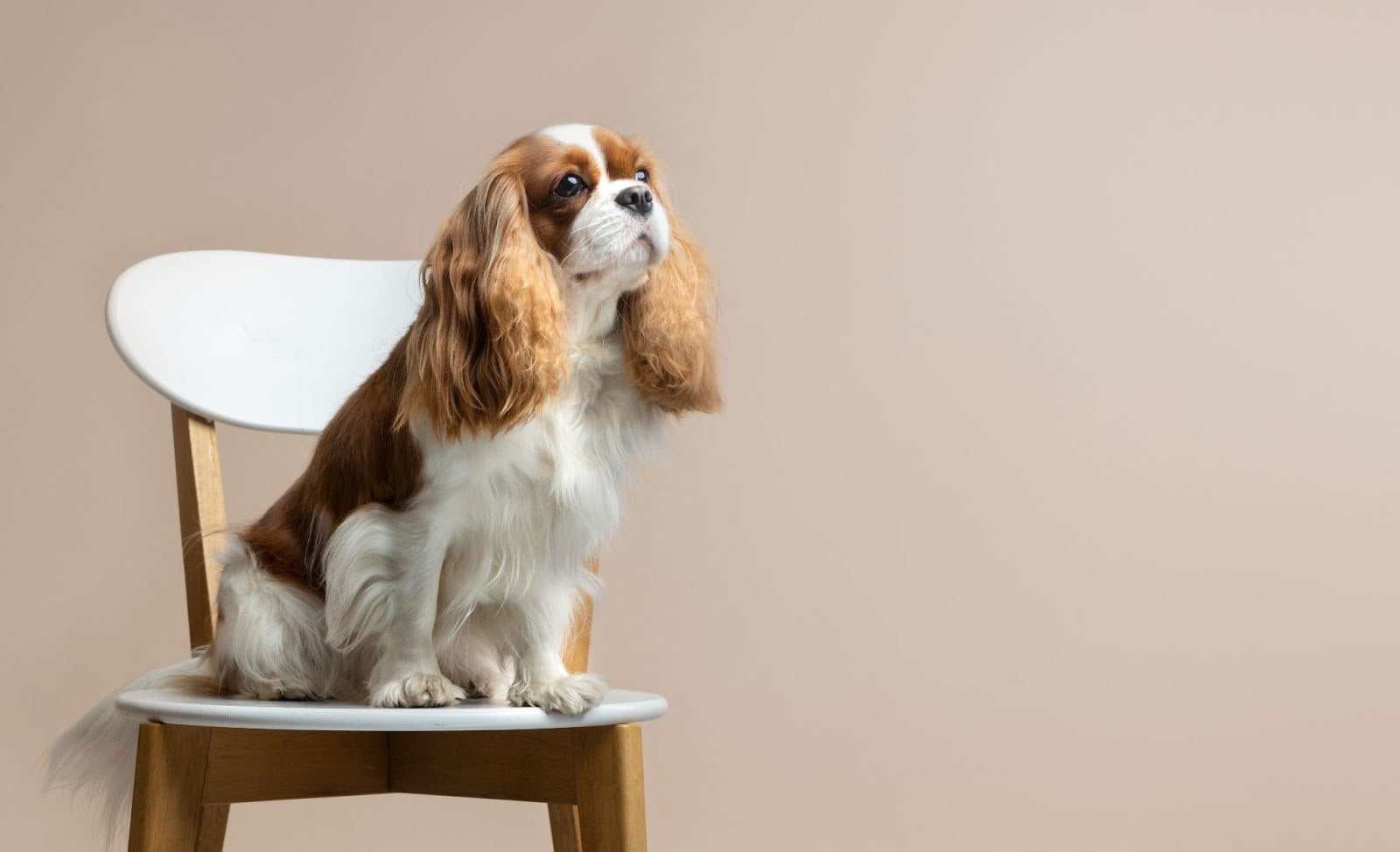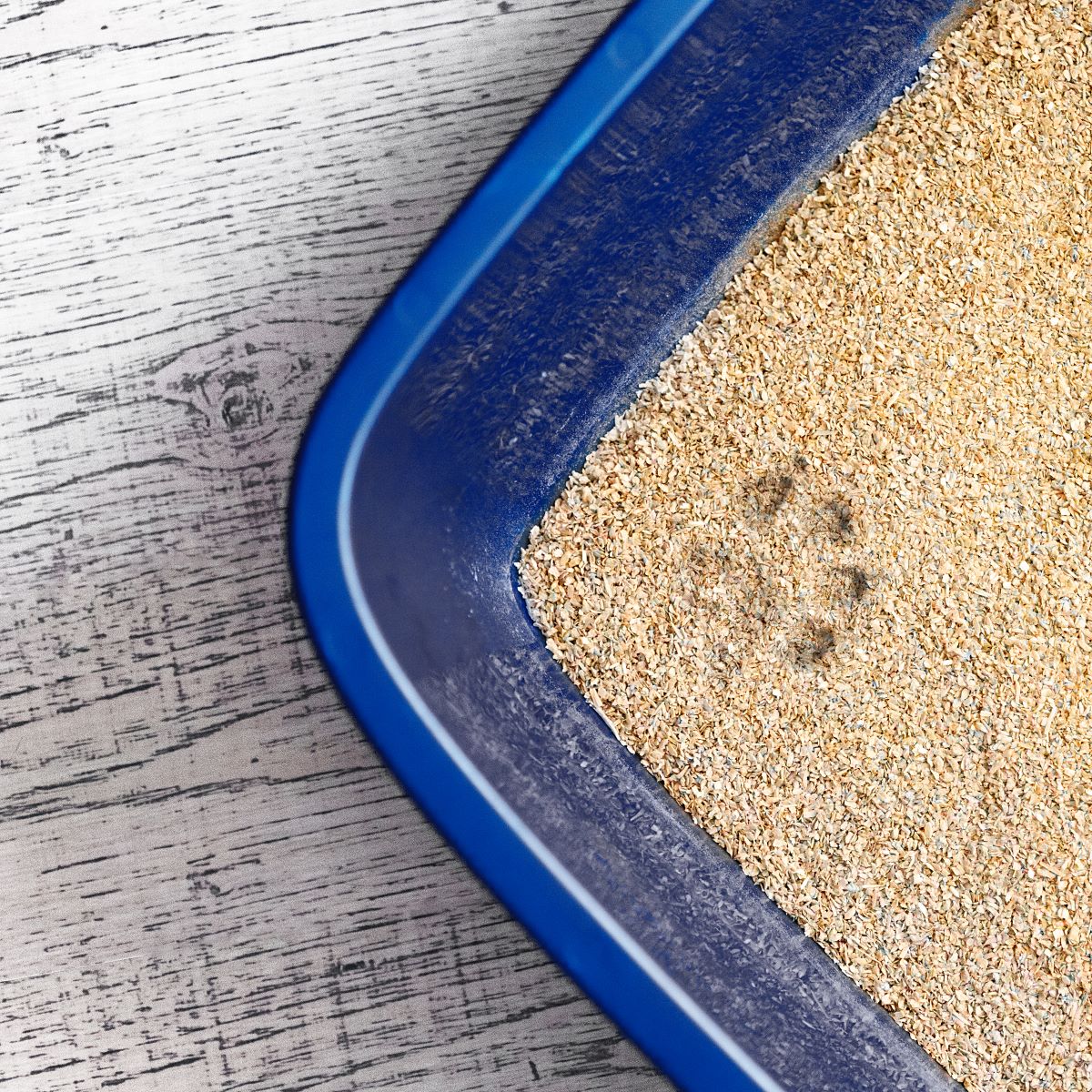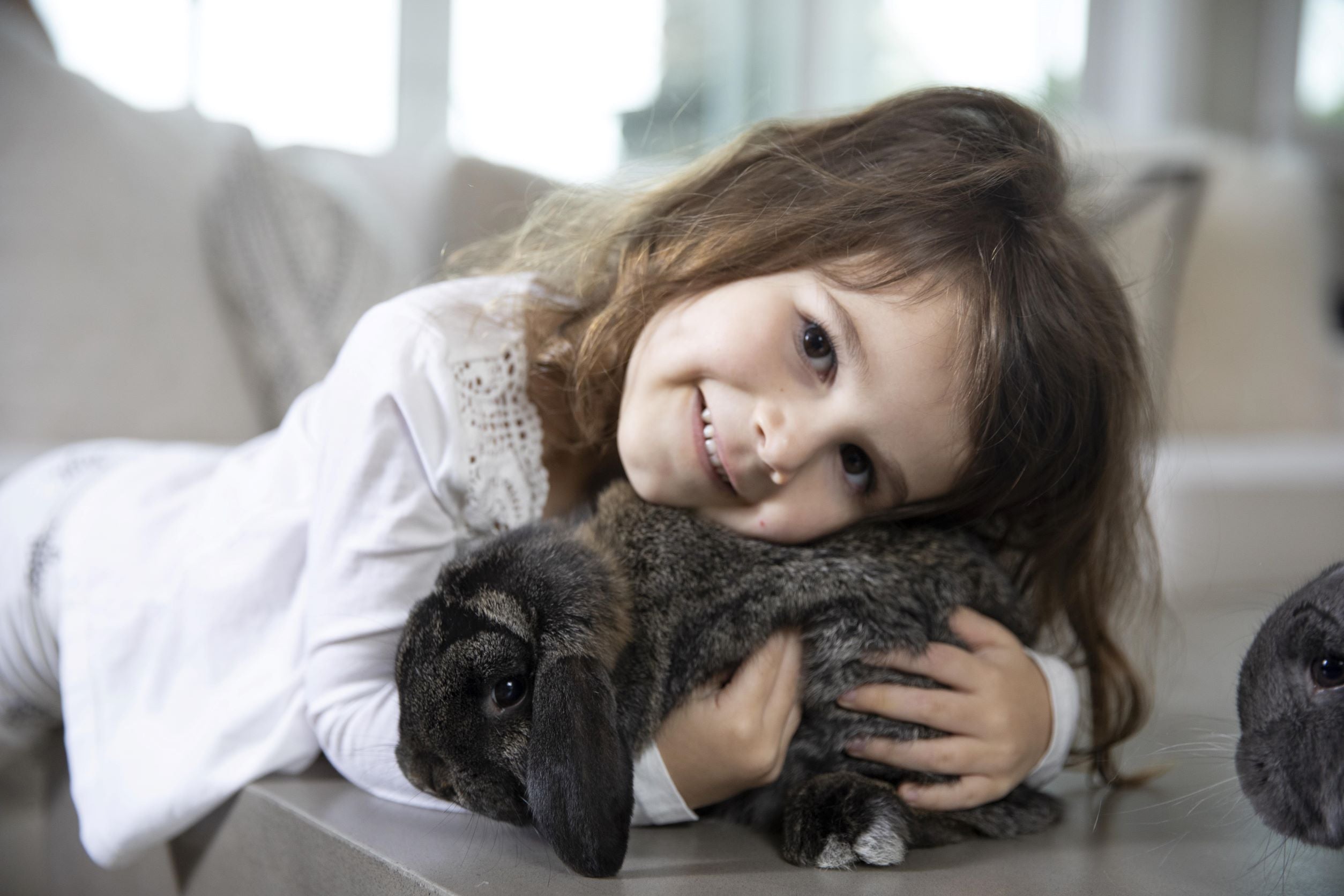
How to Raise Well-Trained Cavalier King Charles Spaniel Puppies
Photo courtesy of FreePik
Cavalier King Charles Spaniels are known for their affectionate nature, gentle temperament, and eagerness to please their owner. Unlike some breeds of dog, many consider their loving personalities to be an attractive force, making them excellent companions for families and singles.
However, even with their naturally friendly disposition, they still require early training and structure to develop into a calm, well-mannered adult. If you’re bringing one home or already have a young pup, the right guidance from the start makes all the difference.
What to Know About Cavalier Temperament
Just like any other pet, Cavalier King Charles Spaniels have unique traits that every owner should be aware of before claiming ownership, as they will serve as a guide to ensuring they are properly taken care of and not ill-treated.
A vivid illustration is how they are people-oriented, sensitive, and intelligent, a little more than other dog breeds. Cavaliers also tend to form a close attachment to their owners and crave companionship, which makes training easier in many ways. However, this can also mean they develop undesirable habits if a structured environment is lacking.
When it comes to having fun or following instructions, their eagerness to please is a major advantage; however, without early guidance as well, behaviors such as separation anxiety, jumping, chewing, and excessive barking can grow subconsciously.
Therefore, understanding the temperament of your pet will enlighten you on the dos and don’ts, and for a well-trained Cavalier, abiding by your rules and regulations in the home is not the result of harsh discipline; rather, it should come from gentle correction, positive reinforcement, and consistency from the moment the puppy arrives. Below are further details of things you should take note of and how to go about navigating each phase.
1. Start Training the First Week
When you bring a Cavalier King Charles Spaniel puppy home, training shouldn’t wait a few weeks; instead, it should be a top priority, ensuring it starts within the first few days. Puppies that are eight to ten weeks old are already capable of understanding structure, tone, and simple cues, even if they don’t master them right away.
While your goal should not be aiming towards perfection and getting all signals at once, it is mainly about laying the groundwork for behavior that becomes automatic as they grow. One of the essentials you can begin with is establishing name recognition.
A puppy won’t respond to commands if they don’t know you’re speaking to them. Therefore, start by using their name consistently in a friendly tone, which teaches them to pay attention when they hear it. If possible, avoid using their name when scolding, so it never becomes something they associate with fear or trouble.
The next step is to commence potty training to ensure they don’t litter your personal space. A fun fact about puppies is that they tend to incline more towards repetition and routine. Therefore, taking them to the same spot after waking up and at mealtimes allows them to form a connection between the location and the act.
2. Crate Training for Comfort
Crate training often gets misunderstood by new dog owners, but for well-trained Cavalier King Charles Spaniel puppies, it is always the most valuable part of early training. Instead of thinking of the crate as a cage or restriction, it should be treated and introduced as a place where the puppy can relax without stress or overstimulation.
When a crate feels safe rather than isolating, a puppy will naturally begin to go for sleep and downtime. The size of the crate matters more than most people realize; it should not be oversized, as too much space encourages puppies to oversleep in one corner.
Another big mistake dog owners make is only putting the puppy in the crate when they’re leaving the house. By doing this, they are training the dog to associate crating with being left alone, rather than being part of a normal routine that should be used during naps or bedtime.
3. Socialization
Cavalier King Charles Spaniels are naturally affectionate and gentle, but that doesn’t automatically make them confident in every situation. A puppy can be sweet at home and still grow into a nervous, reactive, or overly dependent adult if they don’t have the right exposure at an early stage.
This is why socialization is not about forcing them into chaotic environments; it should be more about introducing positive actions so that nothing feels unfamiliar or threatening later. Without these early interactions, a Cavalier might become timid around animals outside the home. It is always best to allow them to move outside their comfort zone by meeting other well-behaved dogs, as this helps build social confidence and promotes long-term behavior in public spaces.
4. Exercises and Grooming
A good routine for Cavaliers does not have to be strenuous, as they are mostly okay with either two short walks or one moderate walk each day. Don’t treat this as bathroom breaks, as they are considered opportunities to sniff, explore, and experience the outside world.
Whether it’s a few minutes of fetch in the yard, tug games in the living room, or gentle chase around the house, interaction helps burn energy and strengthen your bond with them. This is why ignoring a Cavalier’s need for activity often results in attention-seeking behaviors that people mistakenly label as disobedience.
In addition, Cavaliers need regular care around their ears, paws, and coat, but many owners wait too long before having them checked. If a puppy isn’t gently touched, examined, and brushed early, grooming later becomes a battle. Hence, introducing brushing, ear checks, nail handling, and even mock vet exams helps them accept touch without fear or resistance.
Endnote
Cavalier King Charles Spaniel puppies possess all the traits of a perfect companion, but effective training is what transforms them into well-behaved dogs. With consistency, affection, and clear expectations, they grow into relaxed, social, and well-behaved adults.
The key is to start early, remain calm, and establish habits before they form on their own. Ensure you do all of these with love, whether you’re teaching manners or even training other breeds of dog; your tone and patience matter as much as the command itself.











 email us
email us